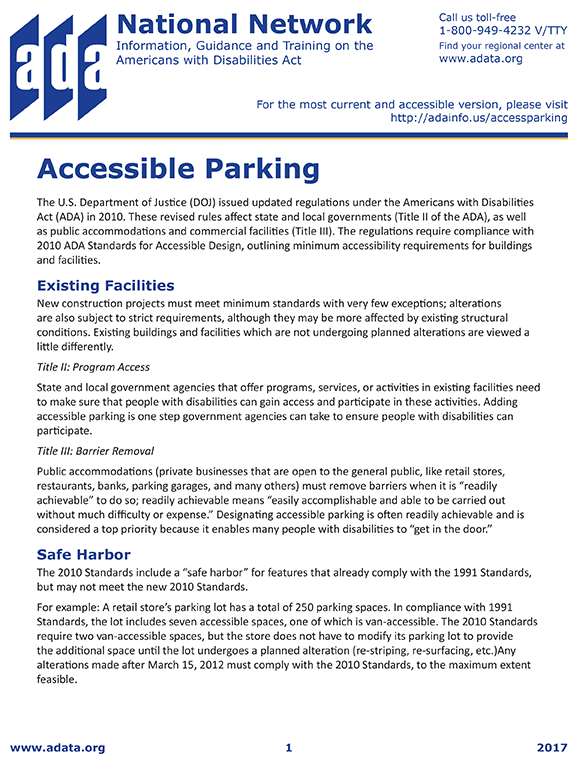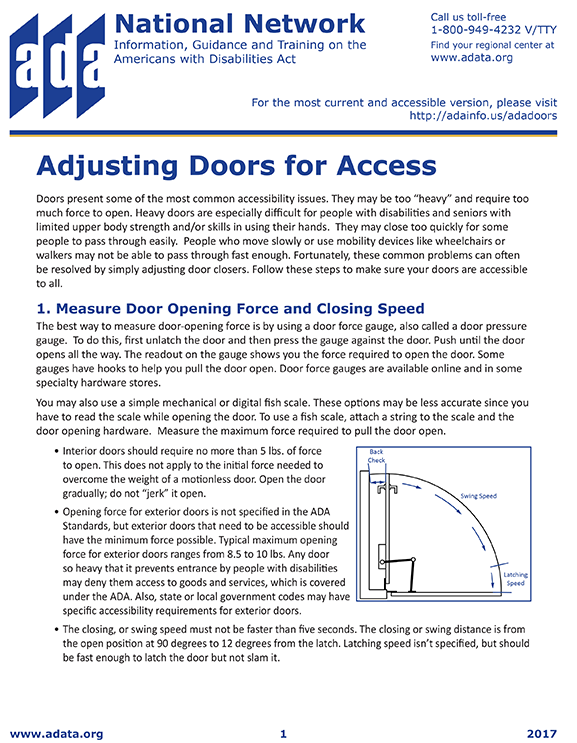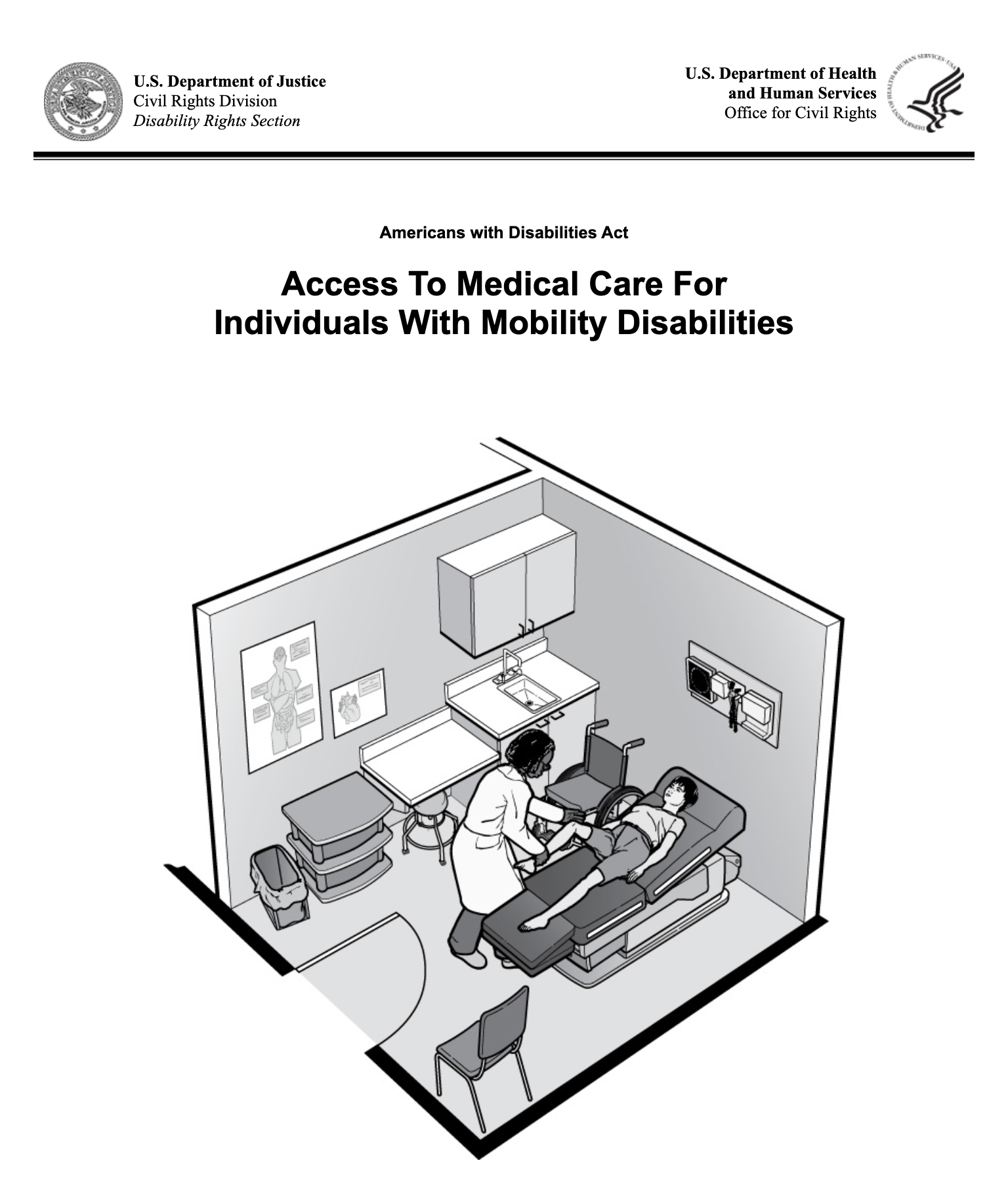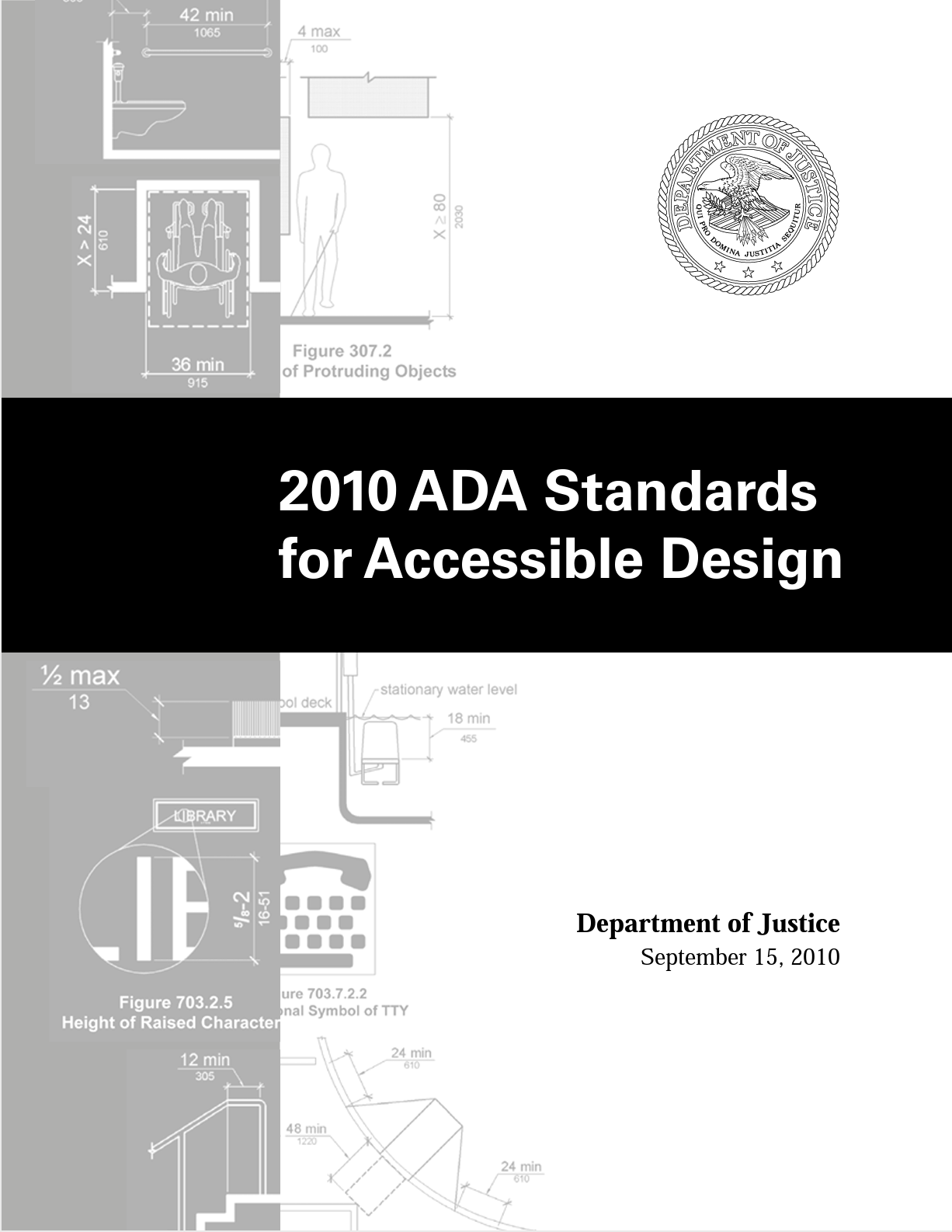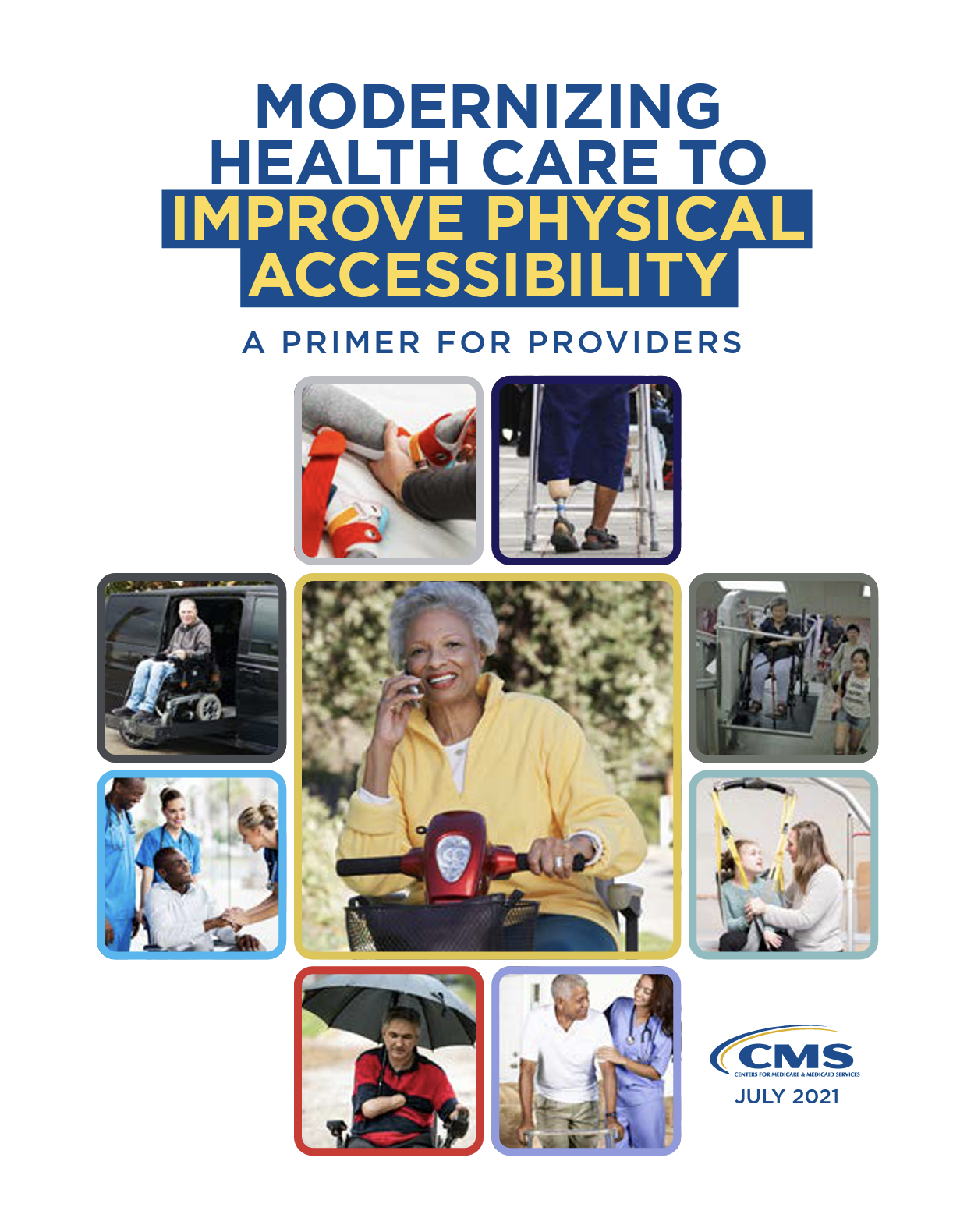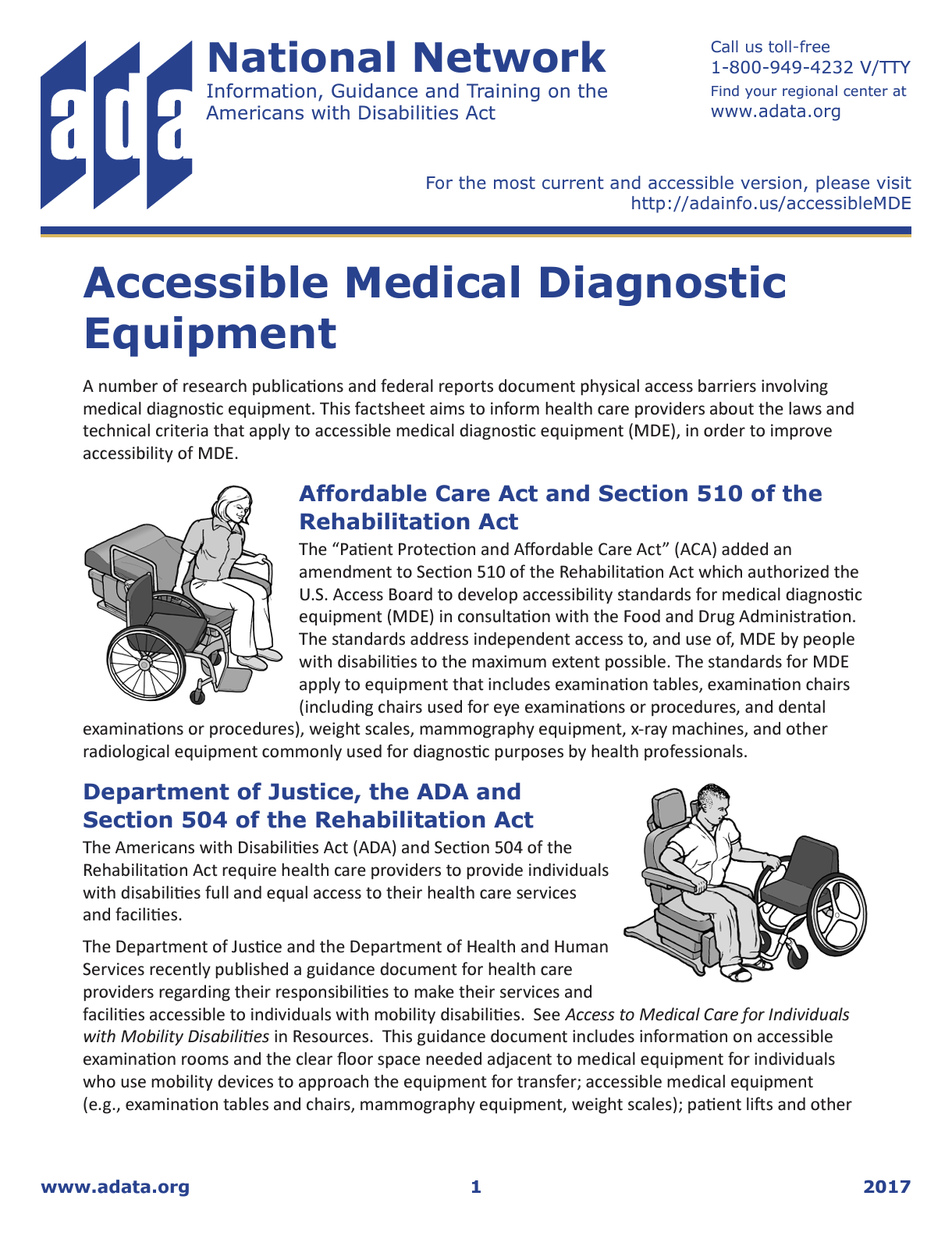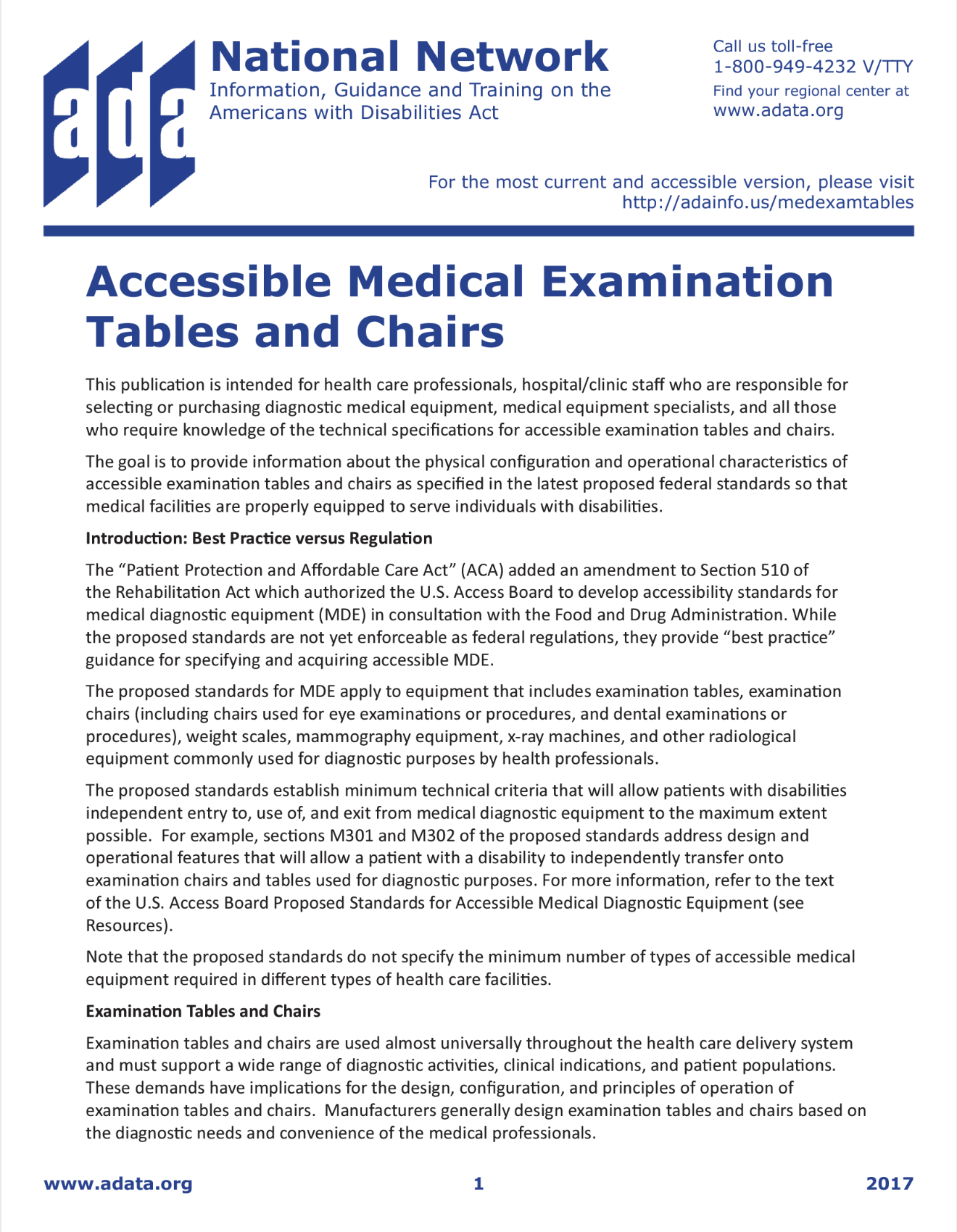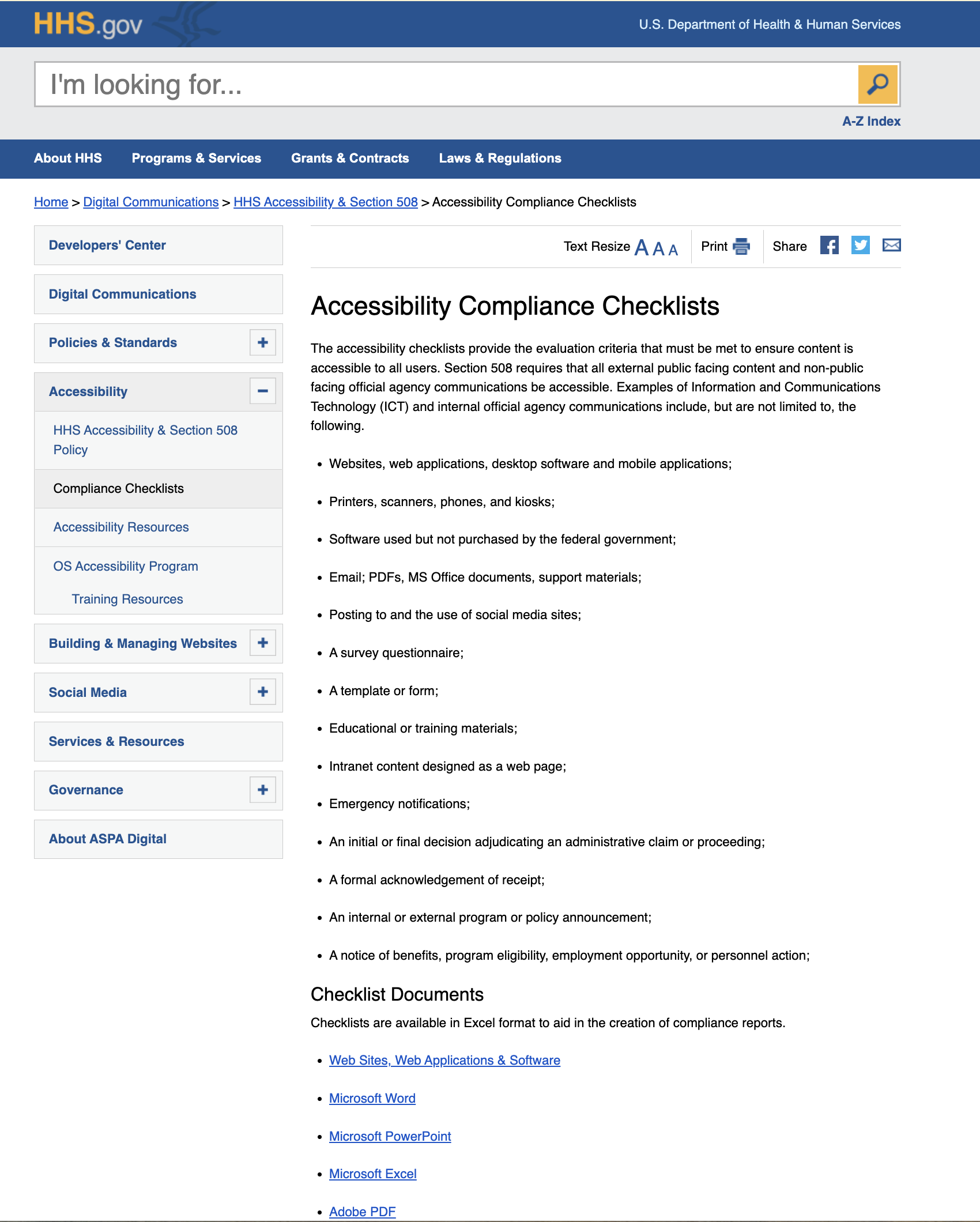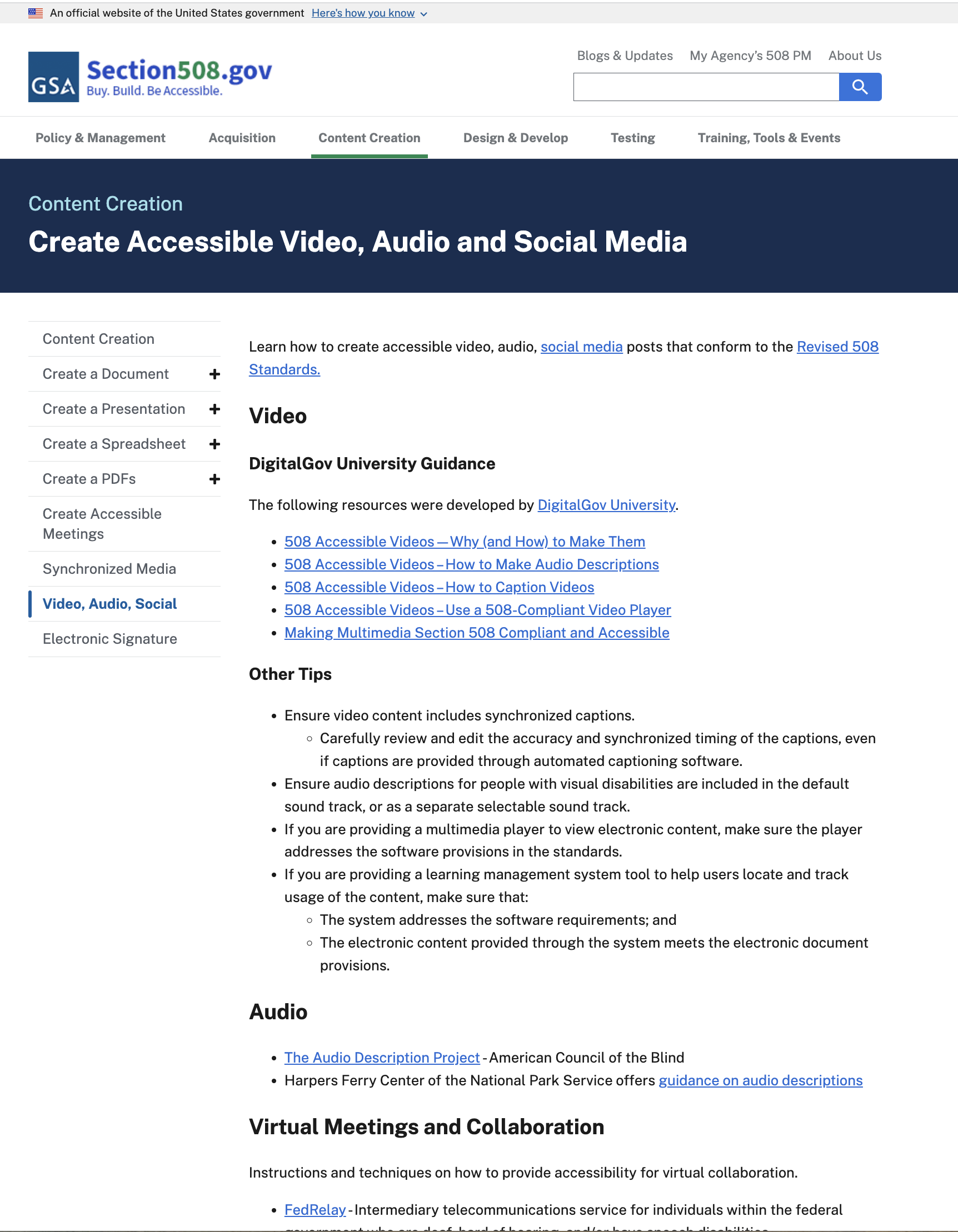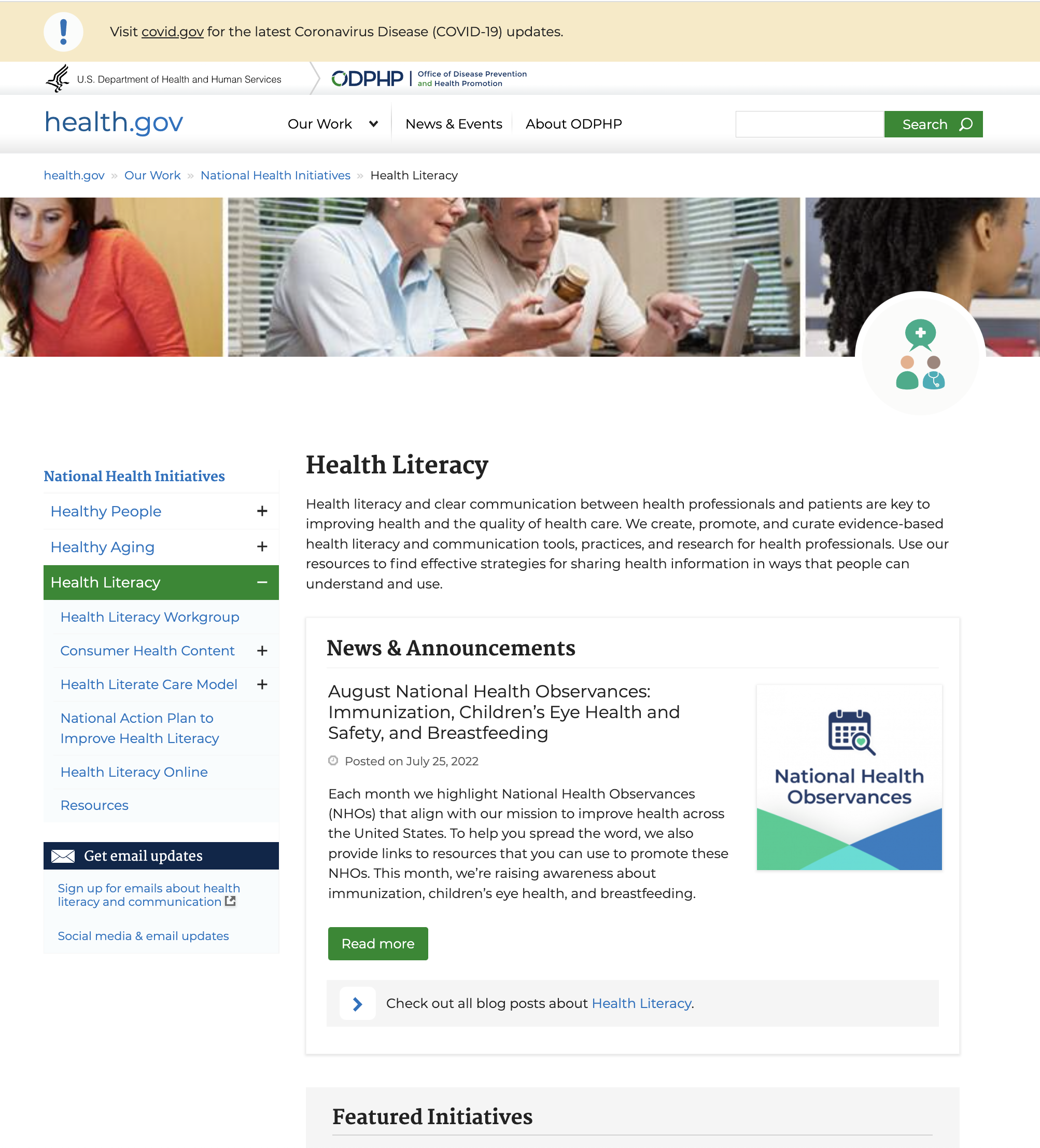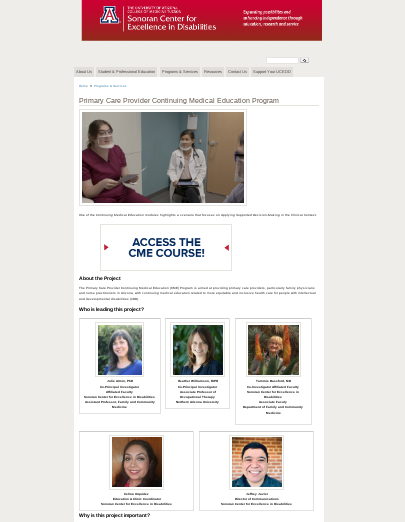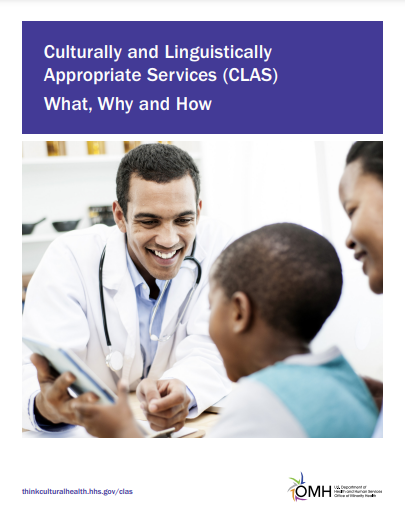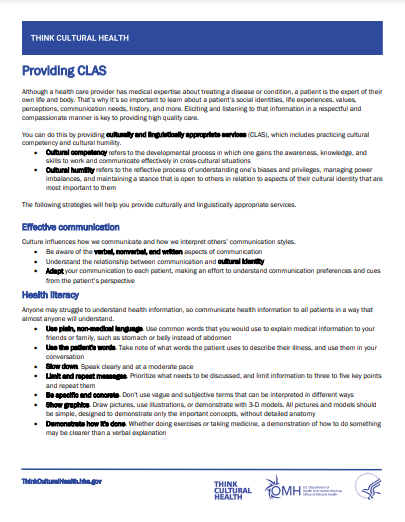Learn more about making your practice accessible with the following resources.
Parking and Transportation
Barriers for accessing care often begin before people with disabilities can enter your office.
A 4-page fact sheet providing an overview of the requirements for ensuring new and existing parking lots are accessible with specific requirements for medical facilities.
Source: https://adata.org/
A 3-page fact sheet discussing tips for ensuring doors and doorways are fully accessible.
Source: https://adata.org/
A 5-page fact sheet providing suggestions for ensuring accessibility in drive-thru medical sites.
Source: https://adata.org/
Physical Layout and Environment
Creating an accessible and inclusive environment means your office space should consider how people with disabilities interact with it.
A comprehensive overview of requirements for accessibility in doctors’ offices, clinics, and other medical facilities.
Source: https://www.ada.gov/
A comprehensive primer for health care providers to ensure physical accessibility of their facilities and services for people with disabilities according to ADA 2010 standards.
Source: https://www.ada.gov/
A primer written for clinical and nonclinical staff to offer strategies for addressing barriers to care for people with disabilities and for improving overall quality, satisfaction, and physical accessibility of services.
Source: https://www.cms.gov/
Accessible Equipment
People with disabilities frequently report difficulty obtaining accurate basic health information – such as their weight – because providers do not have accessible health equipment.
A 4-page fact sheet informing health care providers of laws and criteria to improve accessibility of medical diagnostic equipment
Source: https://adata.org/
A 4-page fact sheet for health care providers and staff to ensure examination tables and chairs medical facilities are accessible to serve people with disabilities
Source: https://adata.org/
Communication
People with disabilities may communicate through multiple modalities, including ASL, augmentative or alternative communication devices, or with assistance from another adult.
This site provides accessibility checklists to ensure that digital content and materials are made accessible to all users according to Section 504 standards.
Source: https://www.hhs.gov/
This site provides guidance on how to create accessible video, audio, and social media content according to Section 508 standards.
Source: https://www.section508.gov/
This site contains resources and strategies for healthcare providers to enhance their health literacy and communication skills.
Source: https://health.gov/
Disability as a Dimension of Diversity
Attitudinal barriers are often sited as a reason why people with disabilities may feel apprehensive about seeking care.
This online Continuing Medical Education (CME) course is intended to assist healthcare providers in facilitating more equitable and accessible health care for patients with intellectual and/or developmental disabilities
Source: University of Arizona Sonoran Center for Excellence in Disabilities
A 6-page overview of the National Culturally and Linguistically Appropriate Services (CLAS) Standards and action steps for incorporating CLAS into providers’ health organizations.
A 3-page guide for providers looking to implement culturally and linguistically appropriate services (CLAS) into their healthcare services.


